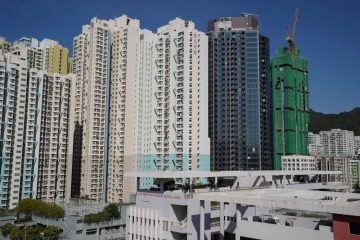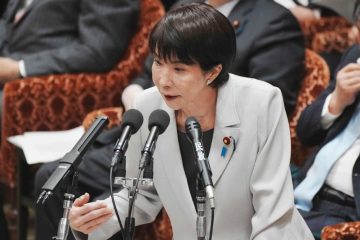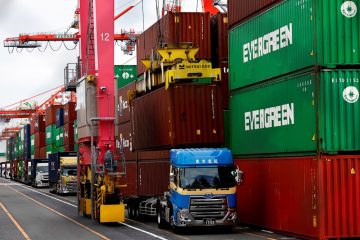Israel Warns Iran May Retrieve Enriched Uranium from US-Hit Nuclear Facility

Israeli officials suspect uranium remains at Isfahan; however, experts indicate that any attempt by Iran to retrieve it would necessitate a highly complex and challenging recovery effort.
Israel believes that deeply buried stocks of enriched uranium at one of Iran’s nuclear facilities, which was struck by the US military last month, could potentially be recovered. Meanwhile, the US agency responsible for designing the bunker buster bombs used in the strikes stated it is still awaiting data to determine whether the munitions penetrated deep enough to reach their intended targets. These parallel assessments have broadened the discussion regarding the actual effects of the strikes, executed as the US engaged in Israel’s conflict with Iran to hinder Tehran’s progress in developing nuclear weapons capabilities.
• Nuclear sites targeted in synchronized operation :
In a significant military action last month, US warplanes struck three key Iranian nuclear facilities: Fordow, Natanz, and Isfahan, aiming to undermine the nation’s nuclear program. The strikes utilized B2 stealth bombers to deploy GBU-57 Massive Ordnance Penetrator bombs, engineered to target fortified underground facilities. US President Donald Trump has stated that the strikes obliterated the sites. International observers and initial US intelligence assessments have offered a more cautious perspective. The US Defense Intelligence Agency’s preliminary report stated that the strikes inflicted “significant damage” on the Fordow, Natanz, and Isfahan nuclear sites in Iran, yet did not completely destroy them.
• Metal conversion facility destroyed; uranium buried :
CIA Director John Ratcliffe informed US lawmakers that the strikes effectively eliminated Iran’s sole metal conversion facility, a crucial element of its nuclear development infrastructure. “The setback could take Iran years to overcome,” he said. Ratcliffe stated that US intelligence assesses that most of Iran’s enriched uranium stockpile is likely still buried beneath the rubble at Fordow and Isfahan.
• Israeli nuclear experts question assumptions :
Israel believes Iran had distributed its enriched uranium stockpiles across the three sites and had not relocated them prior to the strikes, according to the report. Nuclear and nonproliferation experts have cautioned that Iran may relocate its stockpiles to safer locations in anticipation of a US military strike, particularly as Israeli attacks intensified last month. Israeli officials suspect uranium remains at Isfahan; however, experts indicate that any attempt by Iran to retrieve it would necessitate a highly complex and challenging recovery effort.
• The Trump administration maintains that the strikes were decisive :
Trump and his senior administration officials have rejected any claims that the strikes did not meet their goals. US Defense Secretary Pete Hegseth emphasized Trump’s perspective, asserting that the targeted nuclear facilities were destroyed.
Officials from the US Defense Threat Reduction Agency, which spent decades developing the GBU-57 bunker buster bombs, acknowledged that it remains unclear whether the bombs reached their intended depths.
• Iran acknowledges significant damage but postpones IAEA access :
Iranian President Masoud Pezeshkian stated in a recent interview that the US airstrikes caused such significant damage that Iranian authorities have not yet been able to access the targeted nuclear facilities to evaluate the full extent of the destruction.
Pezeshkian expressed a willingness to resume cooperation with the International Atomic Energy Agency (IAEA), but stated that Iran could not yet guarantee inspectors unfettered access to the affected sites. “We stand ready to have such supervision,” he said, “but as a result of the United States’ unlawful attacks against our nuclear centres and installations, many of the pieces of equipment and the facilities there have been severely damaged.”
• IAEA confirms significant damage, yet capability persists :
Rafael Grossi, director-general of the IAEA, stated late last month that the Fordow, Natanz, and Isfahan sites had been “destroyed to an important degree” regarding their uranium treatment, conversion, and enrichment capabilities. He warned that Iran retains the capacity to restart those activities. “Because capabilities remain, if they so wish, they will be able to start doing this again,” Grossi said, adding that the IAEA’s ability to fully assess the damage hinges on Iran allowing inspectors access to the sites.








